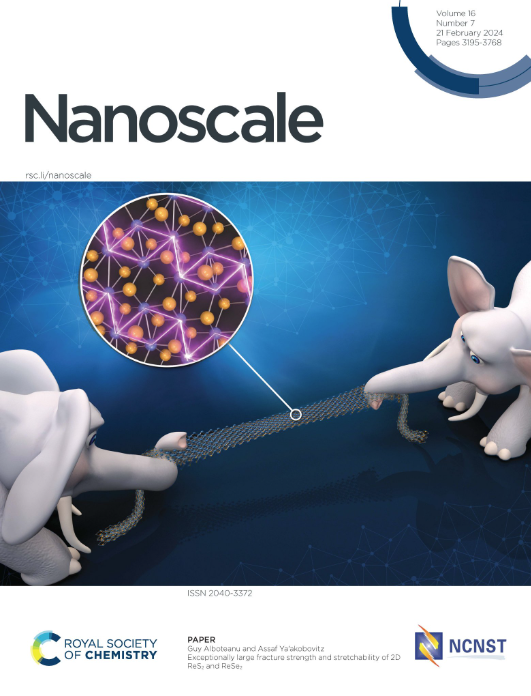Gallium-based nano-liquid metals enabled antimicrobial mechanisms and biomedical applications
IF 5.8
3区 材料科学
Q1 CHEMISTRY, MULTIDISCIPLINARY
引用次数: 0
Abstract
Antimicrobial resistance has emerged as a significant public healthcare concern, highlighting the urgent need for novel non-antibiotic intervention strategies. There has been a surge in the development of antibiotic-free approaches, with gallium-based liquid metals (GLMs) emerging as a particularly promising alternative. These materials, characterized by their unique liquid nature, excellent biocompatibility, and versatile functionalization, hold significant potential for a wide range of biomedical applications, including tumor therapies, antibacterial treatments, drug delivery, and healthcare monitoring. Further reduction in the physical size of liquid metals (LMs) can enhance cellular interactions and enable targeted therapeutics, thereby amplifying their overall efficacy in biomedical applications. This review highlights the diverse antibacterial mechanisms of gallium-based nano-liquid metals (GNLMs), including antibacterial drug delivery, physical destruction, generation of reactive oxygen species, the “Trojan horse” effect, photothermal effects, and synergistic strategies, and summarizes their principal applications in antibacterial biomedicine, such as antibacterial textiles, antifouling coatings, treatment of gastrointestinal diseases, anti-inflammatory therapy and tissue repair. Finally, this review also discusses the prospects of GNLM antibacterial research, offering guidance for the development of novel antibacterial agents.

镓基纳米液态金属实现了抗菌机制和生物医学应用
抗菌素耐药性已成为一个重要的公共卫生问题,强调迫切需要新的非抗生素干预策略。无抗生素治疗方法的发展激增,镓基液态金属(GLMs)成为一种特别有前途的替代方法。这些材料的特点是其独特的液体性质、优异的生物相容性和多功能功能化,具有广泛的生物医学应用潜力,包括肿瘤治疗、抗菌治疗、药物输送和医疗保健监测。进一步减小液态金属(LMs)的物理尺寸可以增强细胞相互作用并实现靶向治疗,从而扩大其在生物医学应用中的整体功效。本文综述了镓基纳米液体金属(GNLMs)的多种抗菌机制,包括抗菌药物传递、物理破坏、活性氧生成、“特洛伊木马”效应、光热效应和协同策略,并总结了其在抗菌生物医学中的主要应用,如抗菌纺织品、防污涂层、胃肠道疾病治疗、抗炎治疗和组织修复。最后,对GNLM抗菌研究的前景进行了展望,为新型抗菌药物的开发提供指导。
本文章由计算机程序翻译,如有差异,请以英文原文为准。
求助全文
约1分钟内获得全文
求助全文
来源期刊

Nanoscale
CHEMISTRY, MULTIDISCIPLINARY-NANOSCIENCE & NANOTECHNOLOGY
CiteScore
12.10
自引率
3.00%
发文量
1628
审稿时长
1.6 months
期刊介绍:
Nanoscale is a high-impact international journal, publishing high-quality research across nanoscience and nanotechnology. Nanoscale publishes a full mix of research articles on experimental and theoretical work, including reviews, communications, and full papers.Highly interdisciplinary, this journal appeals to scientists, researchers and professionals interested in nanoscience and nanotechnology, quantum materials and quantum technology, including the areas of physics, chemistry, biology, medicine, materials, energy/environment, information technology, detection science, healthcare and drug discovery, and electronics.
 求助内容:
求助内容: 应助结果提醒方式:
应助结果提醒方式:


